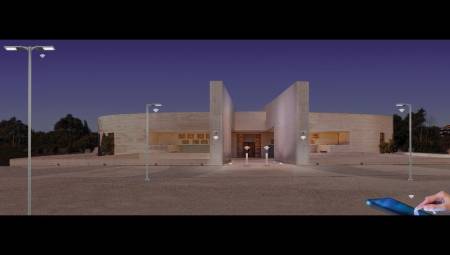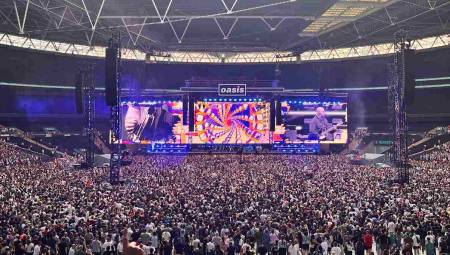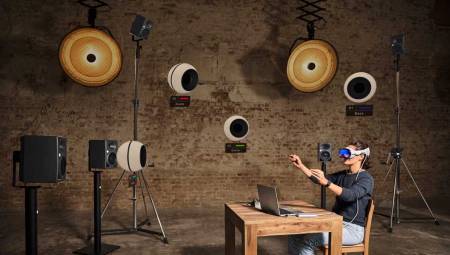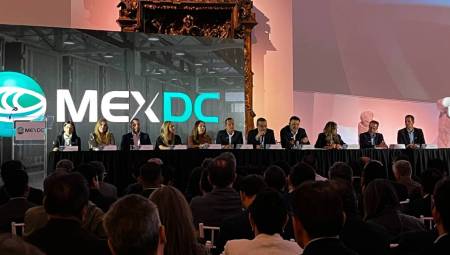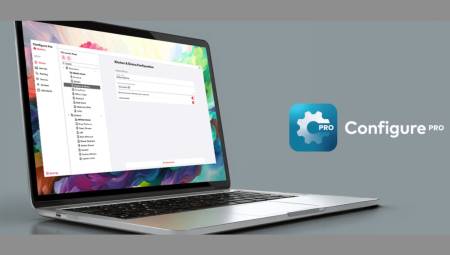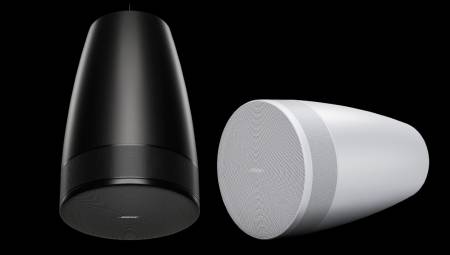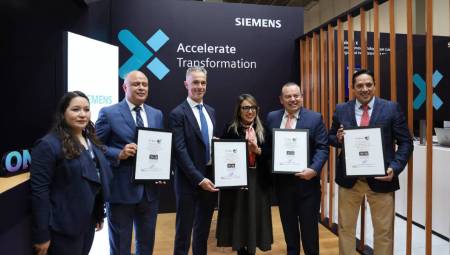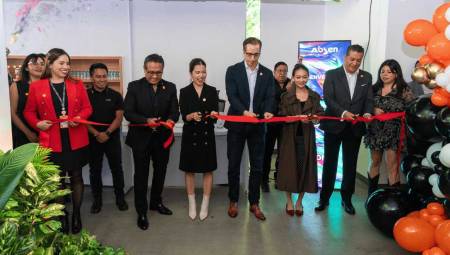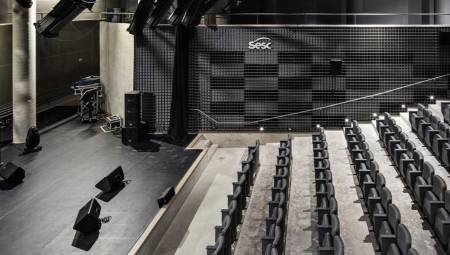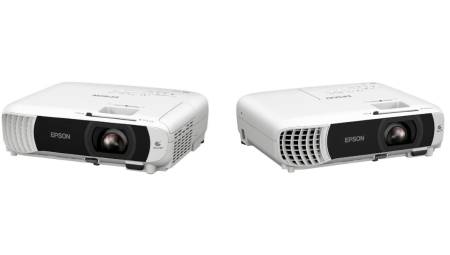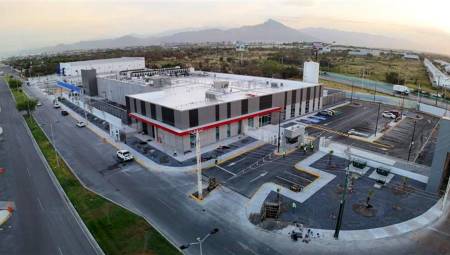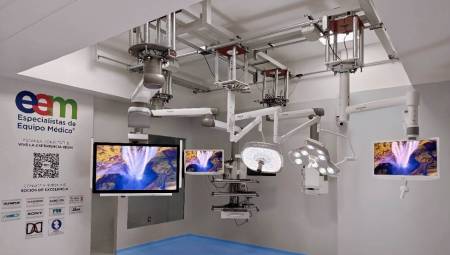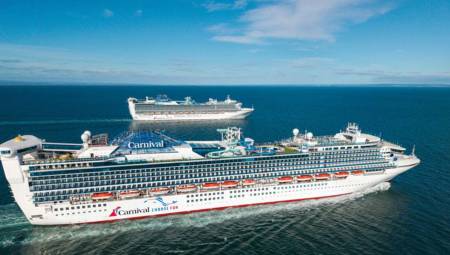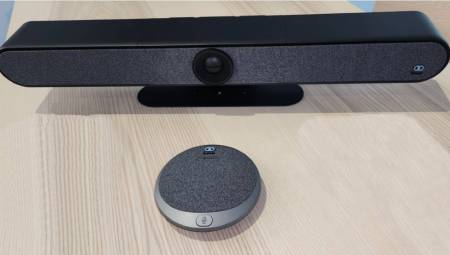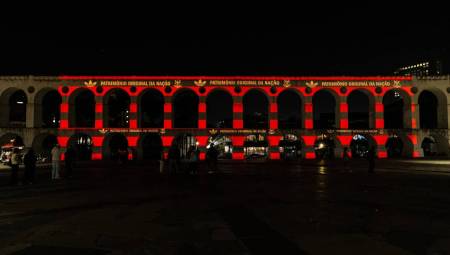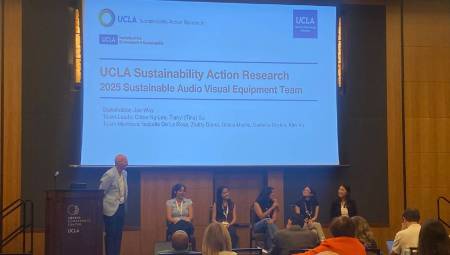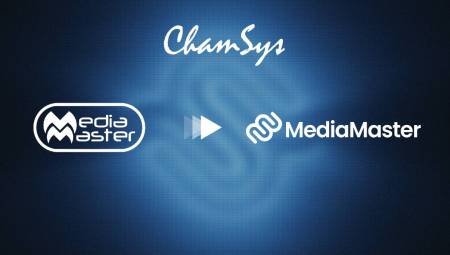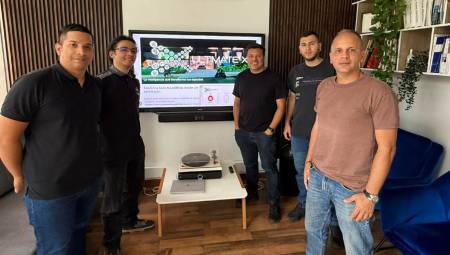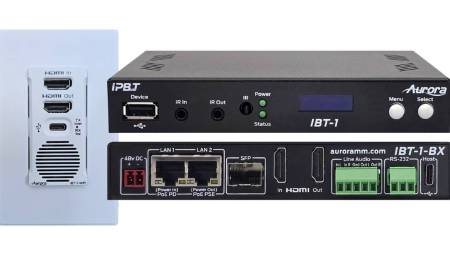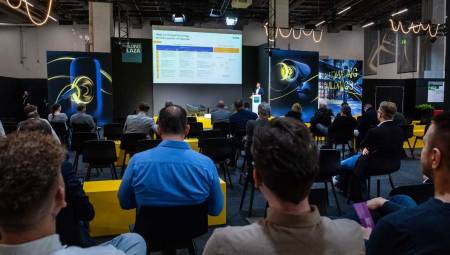 In this article, the columnist expands on the topic he had started in the last edition on digital signage. This time he will delve into the importance of software in the presentation of content.
In this article, the columnist expands on the topic he had started in the last edition on digital signage. This time he will delve into the importance of software in the presentation of content.
By: Adrian Morel*
In digital signage, digital displays or digital signage, many think that much of the strategy goes through the hardware, but we must not forget that in short, the audience only perceives the content, for this reason, the development of content becomes a very important part in the planning of this market.
Hardware vs. software
In digital displays , all existing hardware is already known, it is the visible, solid and voluminous part that gives physical support to digital signage. From them we can write pages and entire pages, going through plasmas, LCDs, LED screens and many others. But to tell the truth, hardware is an extremely controlled product because to make easy divisions, we can say that no product can compete with LED screens on the outside, and plasmas and LCDs on the inside, which have a preference for their low cost. The important thing is to take the hardware as a given component in the equation where the need has the face of a heretic, leaving limited alternatives based on its functionality.
When I talk about software, I do not do it in the computer sense itself, but in the business interpretation. In business, the "soft" part of a project is one that is not seen, but has fundamental relevance. For example, management cannot be touched, but it is a fundamental part of a company. The will of the workers, the spirit of body, the need for improvement cannot be touched either, but they are realities within the company; without them the company would have no soul, no mission and would not have, in short, people to carry out the conduction.
In digital signage the "soft" part is the content, without it, digital signage would not make sense. Hence the importance of this piece.
Light pollution vs. controlled lighting
In internal environments where the light is controlled, no modification of content is needed. For example, if we put a free-to-air TELEVISION program on a plasma, LCD, projector or any type of monitor in a closed environment, the image will still be as good quality as ever. However, if we put any television program on an LED screen that is exposed to the sun's rays, the image, colors and even the message is modified. To be more specific and even say extremes, we can take a telenovela as an example. A soap opera on an LED screen would not make any sense, because it was designed so that the audience is sitting comfortably in the living room of a home, or that it is comfortably lying in their bedroom. Very different from the passerby who is walking down the street and sees an LED screen on top of a building, between the noise of cars, the discomfort of being attentive to where to step so as not to fall or slip and walking between people; that is, the whole context is different.
Times and colors
The times or seconds in television commercials are different from the seconds in advertising on public roads. The colors used in controlled environments are also different from the colors used in outdoor LED displays. If we take a television commercial and spend it in the same way on an LED screen, we can see that it looks different, is perceived differently and the message is different. On television you can clearly perceive the shade of warm colors such as red, orange and yellow, while on LED screens, the predominant shade is blue. To see the difference, as an experience, you can put a movie of The Incredibles (where the predominant color is red) on an LED screen and in contrast you can put a video of Monsters Inc. or Finding Nemo and you will see the difference.
Conclusions
The content designed for an indoor display and an outdoor display is different. Advertising companies will have to educate customers about the difference. It's not the hardware that makes the difference, but the message of colors and timing. Hardware will one day become a commodity, but what will make a difference is the quality of art of graphic designers.
*Adrian Morel is CEO of Lighthouse Technologies and Vice President of OptiLED and can be reached in Los Angeles, California ([email protected]).







